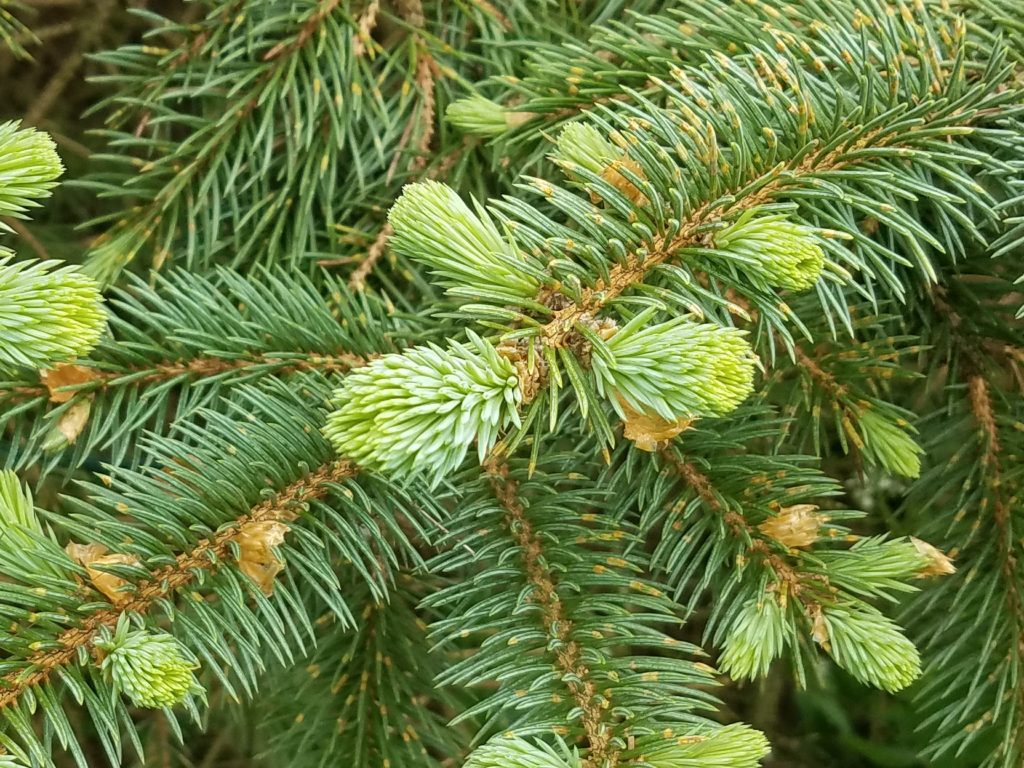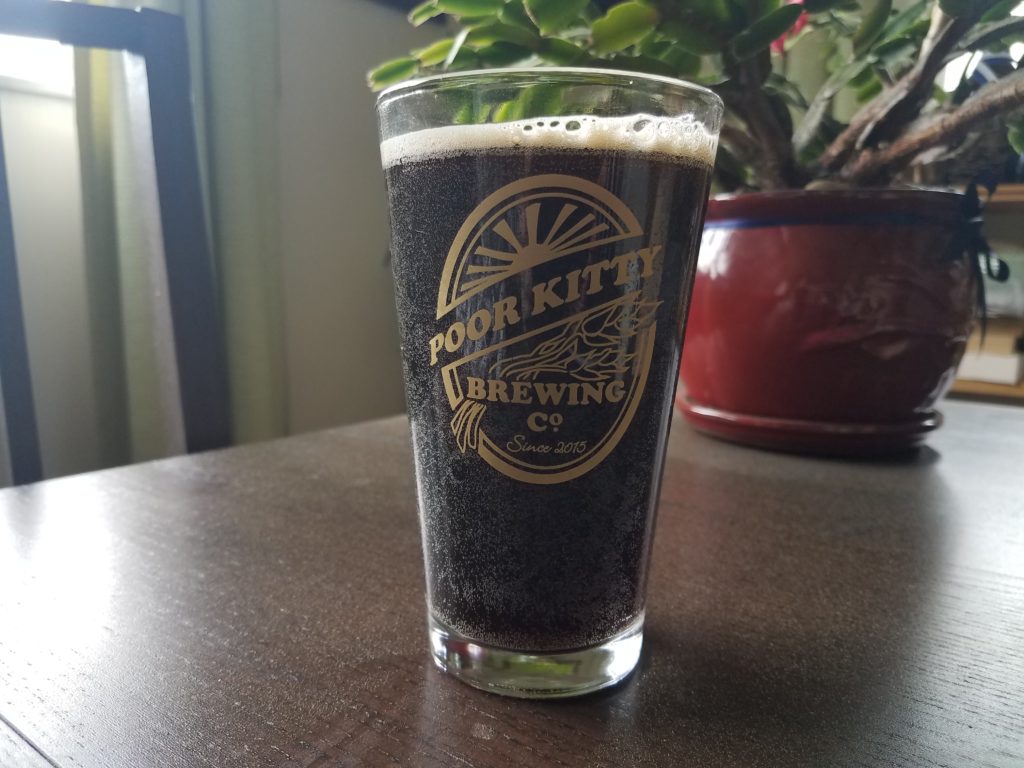Beware gimmicky clickbait articles and what activities they inspire you to commit to. This week’s adventure involves thoroughly mythbusting a questionable sustainability-related suggestion.
I’ve been an insufferable, snobby homebrewer for officially five years and about a week. I like doing research, and I like trying things out, both of which are great qualities for this hobby. Learning about different brewing techniques and styles means diving into a variety of fascinating subjects including chemistry, microbiology, agriculture, history, and anthropology. It can be as simple as opening a boxed kit and mixing ingredients together, or it can be as complex as you want to make it… and people who study and recreate historically-accurate brewing techniques can make it pretty complex. In fact, just two weeks ago on our way back from a historical brewing conference in New England, my friend hopped out of the car to grab some “perfect” pieces of granite from a Vermont riverbed, which she will use this summer in a class she’s teaching on hot stone beer.
With the rise of craft brewing and homebrewing, I find it hard to avoid information about the next new trend in the brewing world (or maybe it’s just Big Brother trying to show me things I like in my newsfeed.) For instance, several months ago, while my husband and I were arguing over when the Christmas tree should come down, there was an article posted on a sustainability website that talked about upcycling your Christmas tree to make beer. As the article correctly states, there is plenty of precedent for using tree components in brewing. (Another brewer friend of mine actually teaches a four-part series on how to brew with different tree parts.) However, the article incorrectly implies that using your Christmas tree is the best way to go about making something enjoyable to drink.

The impression that I get from reading both this sustainability website article and the NPR piece on which it appears to be based[1] is that discussing Christmas tree end-of-life options provides an easy and amusing, if tenuous, segue into historical and/or trendy brewing practices. Now, I am all about reusing whatever you reasonably can in any context, but the idea that you can recycle your Christmas tree by using a few cups of needles in a beer is not going to make an impact on the planet. I’ve seen similar comments on recipes for spent grain cookies, implying that you can be sustainable by using the grain after you’ve brewed with it to make cookies and other foods. You certainly can cook with spent grain (and I do because it tastes great), but you use about two cups of grain in one batch of cookies, while you’re left with gallons of wet, smelly grain. (Pro tip: Make friends with people who have chickens. Spent grain makes such great chicken feed that even composting it is a waste.)
In retrospect, I don’t believe either of these authors imagined that any reader would actually take the suggestion so far as to brew beer using her Christmas tree. However, I was intrigued by the concept (as, I’m sure, was their intended goal), so I started looking into historical applications of pine needles in brewing (as, I’m sure, was probably a bit beyond their intended goal). My objective was to find a period recipe and use this experiment as an activity for my local historical brewers guild, of which I am the head. That wasn’t quite what happened…

These articles mentioned the use of spruce extract for beer in Colonial America. Benjamin Franklin’s noted recipe, for example, was pretty similar to other recipes I found in that general time period, some dating back to the French and Indian War[2] and British naval voyages, when it was used to combat scurvy. Extract was made from spruce tips and then added to molasses, sugar, and water to make something more akin to birch beer, but with spruce instead of birch. The time period we shoot for in our society is pre-1600, so recipes from the 1700s were out.
Looking to earlier evidence, these articles also mentioned the use of spruce in beer in the time of the Vikings. In the same vein, the “ancient” Finnish epic Kalevala (which is a 19th century compilation of oral folklore) describes a squirrel being sent to collect “ripe cones from the fir-tree; from the pine-tree, … seedlings” for the brewing of a wedding beer.[3]
Clearly there is a historical precedent for this kind of beer, but while that is true, every recipe or ingredient list I found called for fresh, spring growth (or “spruce tips”), not dried-up, falling-off-the-tree needles. Fresh growth has a lighter, more citrusy flavor while older growth has a harsher, more turpentine-like flavor. But still, that was not going to stop me from a challenge, and once the idea was in my head, I wanted to see if I could make it work.

Knowing I would be abandoning a key component of accurate (and possibly even palatable) beer, I did a little more research to see what popular modern beers use spruce or other types of pine. (By the way, our Christmas tree wasn’t even a spruce; it was a Douglas Fir, which isn’t even technically a fir.) I was fully-committed and literally sat in my living room, researching different beer styles, chewing on pieces of the tree while I read, trying to imagine the best flavor profile that would complement the needles.
My resulting recipe was based on a Scotch Ale, which I planned to keep a little on the sweet side to counteract the bitter woodiness of the pine needles. I didn’t want to overpower the beer with the pine flavor, so I limited the amount of needles I used. Scotch Ales can be flavored with different herbs, usually heather (up to 5 ounces in some recipes). I used 1 ounce in this recipe because pine needles are potent (adding them during the second hop addition at 10 minutes to go in the boil, for any brewers following along). That still turned out to be quite a lot of flavor.
The taste has improved over time, as is often the case with beers of mine that I don’t like. Initially the pine was so overpowering, it was really undrinkable. Now it has calmed down to a strong pine flavor with a lot of bitterness, not unlike an intense, piney IPA, making it undrinkable for me.

Having done all of this research and preparation for a legitimately authentic spruce tip beer, I am excited for my next attempt. It should come as a surprise to no one that I will not be using Christmas tree needles for brewing again.
Always remember, kids: be careful what you read on the internet.
P.S. – we took the rest of the tree to one of the Allegheny County drop-off sites, where it will be turned into mulch for the parks.
Thanks for reading!
[1] https://www.npr.org/sections/thesalt/2013/01/04/168561089/dont-waste-that-christmas-tree-turn-it-into-spruce-beer
[2] https://learn.kegerator.com/how-to-brew-beer-with-spruce/
[3] http://www.sacred-texts.com/neu/kveng/kvrune20.htm
0 Comments